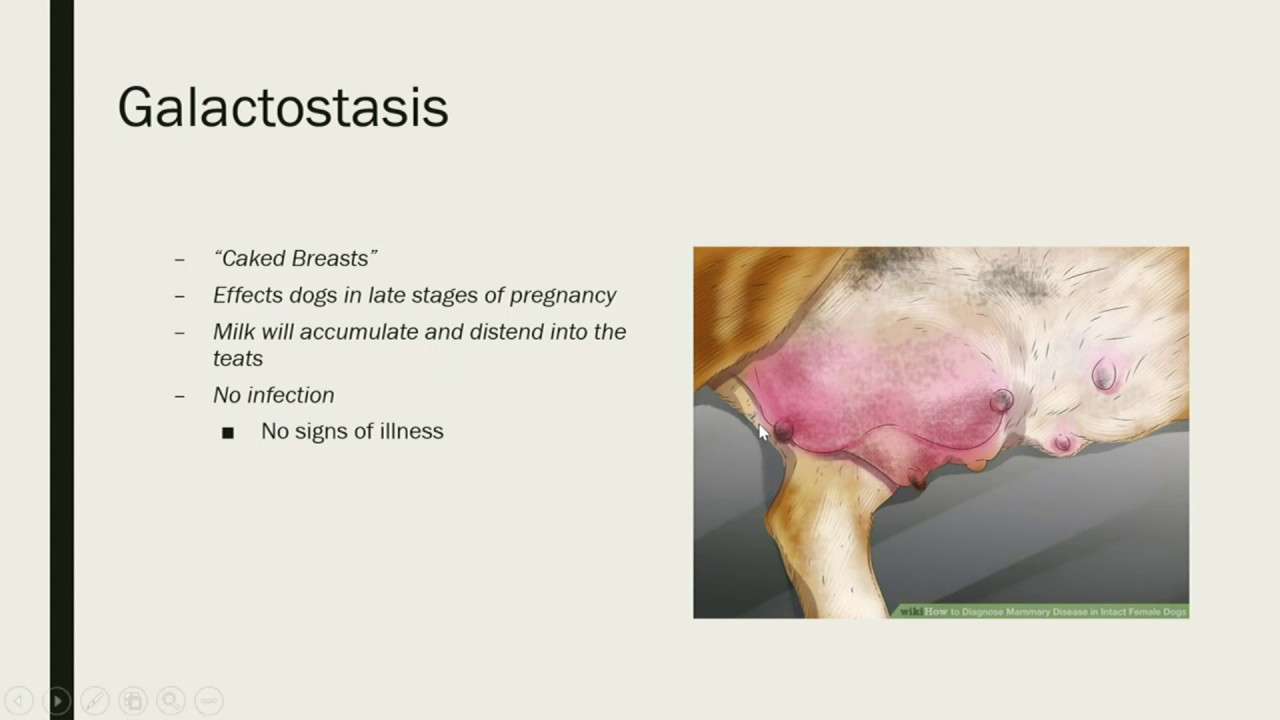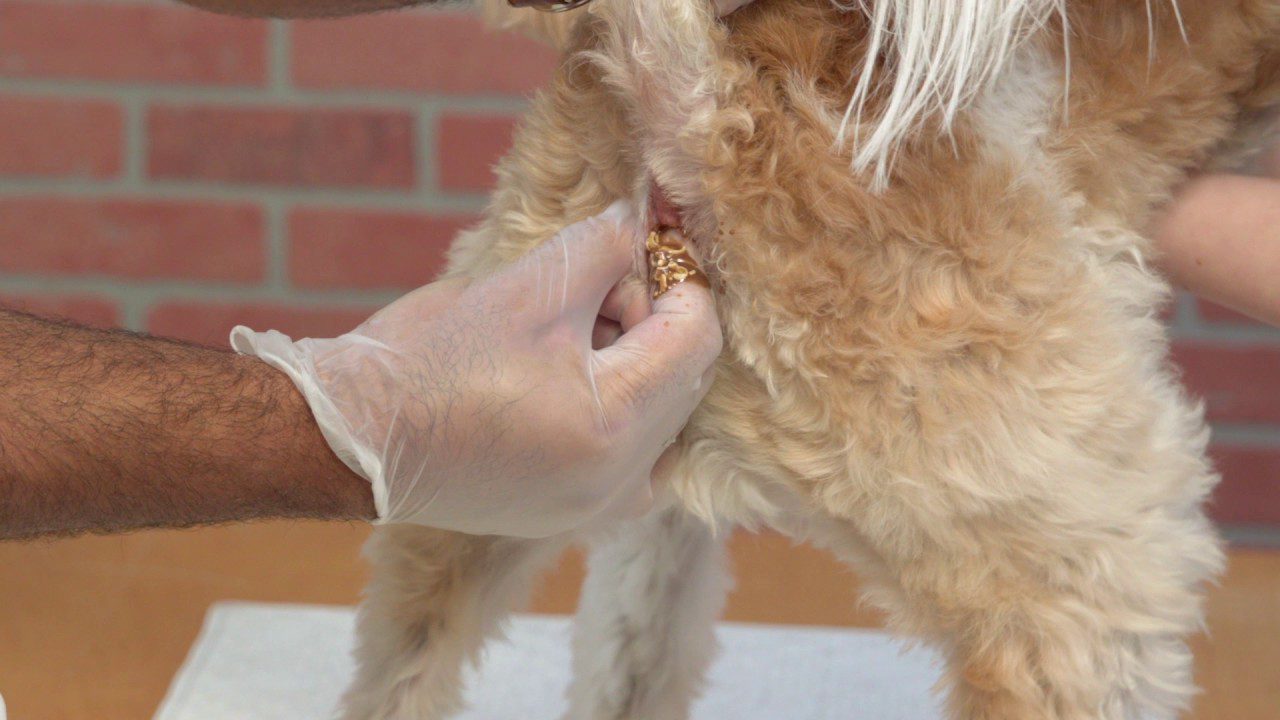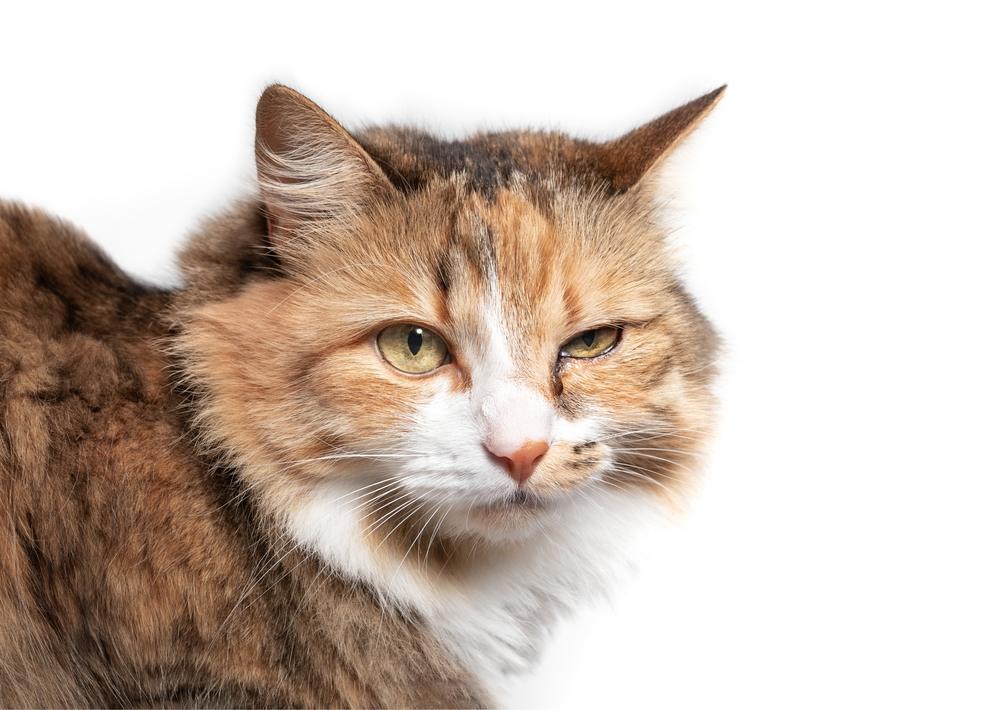Key Takeaways:
- Mastitis is a common condition in female cats that occurs when the mammary glands become inflamed.
- It can be caused by bacterial infections, trauma to the nipples, or hormonal imbalances.
- Early detection and treatment are crucial for a successful recovery.
- Symptoms of mastitis include swollen and painful mammary glands, discharge from the nipples, and loss of appetite.
- Veterinary intervention is necessary to diagnose and treat mastitis effectively.
Are you a cat lover? Do you want to ensure the well-being of your feline friend? Understanding mastitis in cats is crucial for every cat owner. Not only will it help you recognize the signs and symptoms, but it will also empower you to provide timely care and support. In fact, did you know that untreated mastitis can lead to serious complications and even threaten your furry companion's life? By delving into this topic, you'll gain valuable insights into this common feline condition and become equipped with the knowledge needed to keep your beloved pet healthy and happy. So, let's dive in and unravel the mysteries of mastitis in your feline friend!
Understanding Mastitis in Cats: What You Need to Know
What is Mastitis?
Mastitis is a condition that affects the mammary glands of female cats. These glands are responsible for producing milk when a cat becomes a mother. Mastitis occurs when these glands become inflamed and infected. It can be painful for the cat and may require medical treatment.
How Does Mastitis Happen?
Mastitis usually happens when bacteria enter the mammary glands through small cuts or cracks in the nipples. This can occur during nursing or grooming, especially if the area is not kept clean. The bacteria then multiply and cause an infection, leading to inflammation and swelling of the mammary glands.
Recognizing Mastitis Symptoms in Your Cat: A Guide for Pet Owners
Swollen Mammary Glands
If your cat has mastitis, you may notice that her mammary glands are swollen and feel warm to the touch. They may also appear red or have discharge coming from them.
Pain or Discomfort
Cats with mastitis may show signs of pain or discomfort. They may be reluctant to let you touch their belly or they may cry out when you do so. They may also be more lethargic than usual.
The Common Causes of Mastitis in Cats: What Every Cat Owner Should Know
Poor Hygiene
Poor hygiene is one of the common causes of mastitis in cats. If the area around the nipples is not kept clean, bacteria can easily enter and cause an infection.
Injuries to Nipples
Injuries to the nipples, such as from scratching or biting, can also lead to mastitis. It is important to keep an eye on your cat and prevent any rough play or fighting that could result in nipple injuries.
The Impact of Mastitis on a Cat's Health and Well-being
Discomfort and Pain
Mastitis can be very uncomfortable and painful for cats. The swollen mammary glands can make it difficult for them to move around comfortably, and the infection can cause a constant throbbing sensation.
Decreased Milk Production
If a nursing mother cat develops mastitis, it can affect her milk production. This means that her kittens may not get enough nourishment, which can impact their growth and development.
Preventing Mastitis in Cats: Tips for Responsible Pet Owners
Cleanliness is Key
One of the best ways to prevent mastitis in cats is to maintain good hygiene. Regularly clean the area around the nipples with warm water and gentle soap. Make sure to dry it thoroughly afterwards.
Avoid Rough Play
Rough play or fighting among cats can lead to nipple injuries, increasing the risk of mastitis. Keep an eye on your cats during playtime and intervene if things get too rough.
Suspecting Mastitis? Here's What You Should Do for Your Cat
Contact Your Veterinarian
If you suspect that your cat has mastitis, it is important to contact your veterinarian right away. They will be able to provide a proper diagnosis and recommend appropriate treatment options.
Keep the Area Clean
In the meantime, you can help alleviate some discomfort by keeping the area clean. Gently clean the affected nipples with warm water and a mild antiseptic solution recommended by your veterinarian.
Potential Complications and Risks of Mastitis in Cats: What to Be Aware Of
Spread of Infection
If left untreated, mastitis can lead to the spread of infection to other parts of the body. This can result in more serious health issues for your cat.
Difficulty Nursing
Mastitis can make it difficult for a nursing mother cat to feed her kittens. This can impact the growth and development of the kittens and may require supplemental feeding.
In conclusion, mastitis is a serious infection that can affect female cats. It is important to recognize the signs and seek veterinary help to ensure proper treatment and care for our feline friends.
Can you treat mastitis in cats at home?
Non-septic mastitis can be effectively treated by applying warm or cold compresses and/or manually draining the affected gland(s). Most cats recover within 2-3 weeks with proper treatment, and the prognosis is generally good. However, if the infection spreads to the bloodstream, the prognosis becomes more uncertain.
What can you do for a cat with mastitis?
Typically, cats diagnosed with mastitis will require a two to three week course of antibiotic treatment. However, their symptoms should start to improve within a few days of beginning treatment.
How urgent is mastitis in cats?
If your cat has mastitis, they may need to be admitted to the hospital for monitoring and IV treatments. If an abscess forms and becomes infected, your veterinarian may need to perform a minor surgical procedure to drain and clean it. Fortunately, the prognosis for mastitis in cats is usually positive, and symptoms typically improve within 2 to 3 weeks with proper treatment.
Can cats survive mastitis?
Simple mastitis in cats typically resolves rapidly, with improvement seen within a few days when prompt treatment is administered. However, severe cases that necessitate emergency intervention can be life-threatening, and if the cat does survive, the recuperation from both the illness and surgery may require an extended period of several weeks.
What is the fastest way to cure mastitis?
Antibiotics are typically prescribed for a 10-day period to treat infections. It is crucial to complete the full course of medication to reduce the risk of the infection returning. If mastitis symptoms persist after taking antibiotics, it is recommended to follow up with a healthcare professional.
Can you reverse mastitis without antibiotics?
If symptoms do not improve within 12-24 hours or if the woman is severely ill, it is recommended to start taking antibiotics. If a mother with mastitis does not have any noticeable risk factors for infection, it is likely that the mastitis is non-infectious and can be resolved without antibiotics if treated appropriately. This information was last updated on August 16, 2023.
















